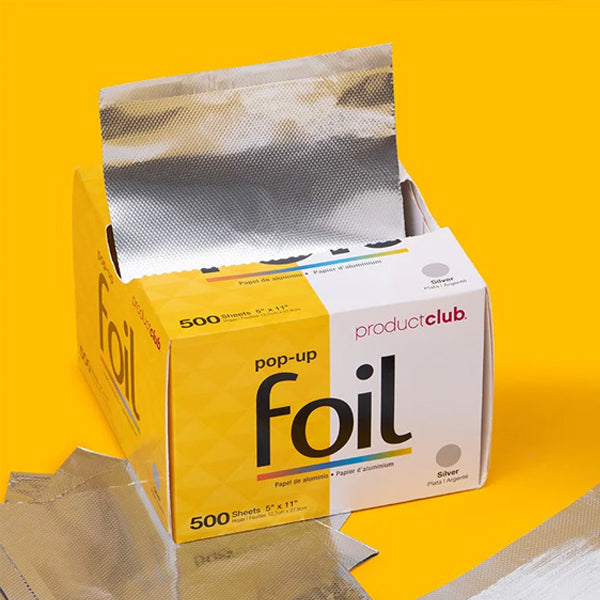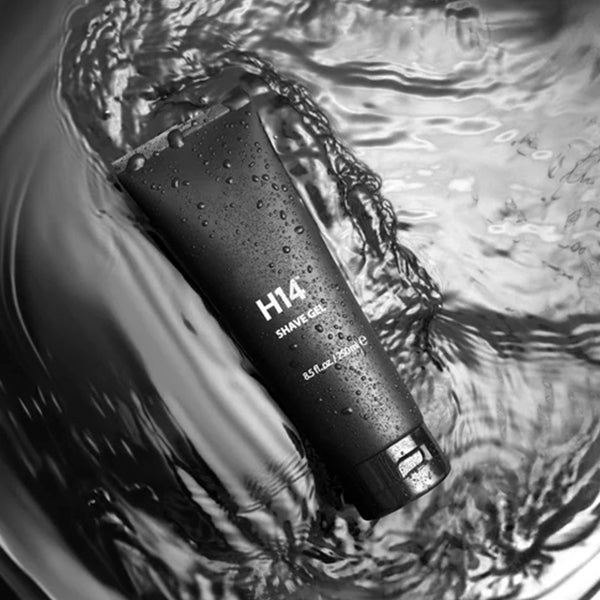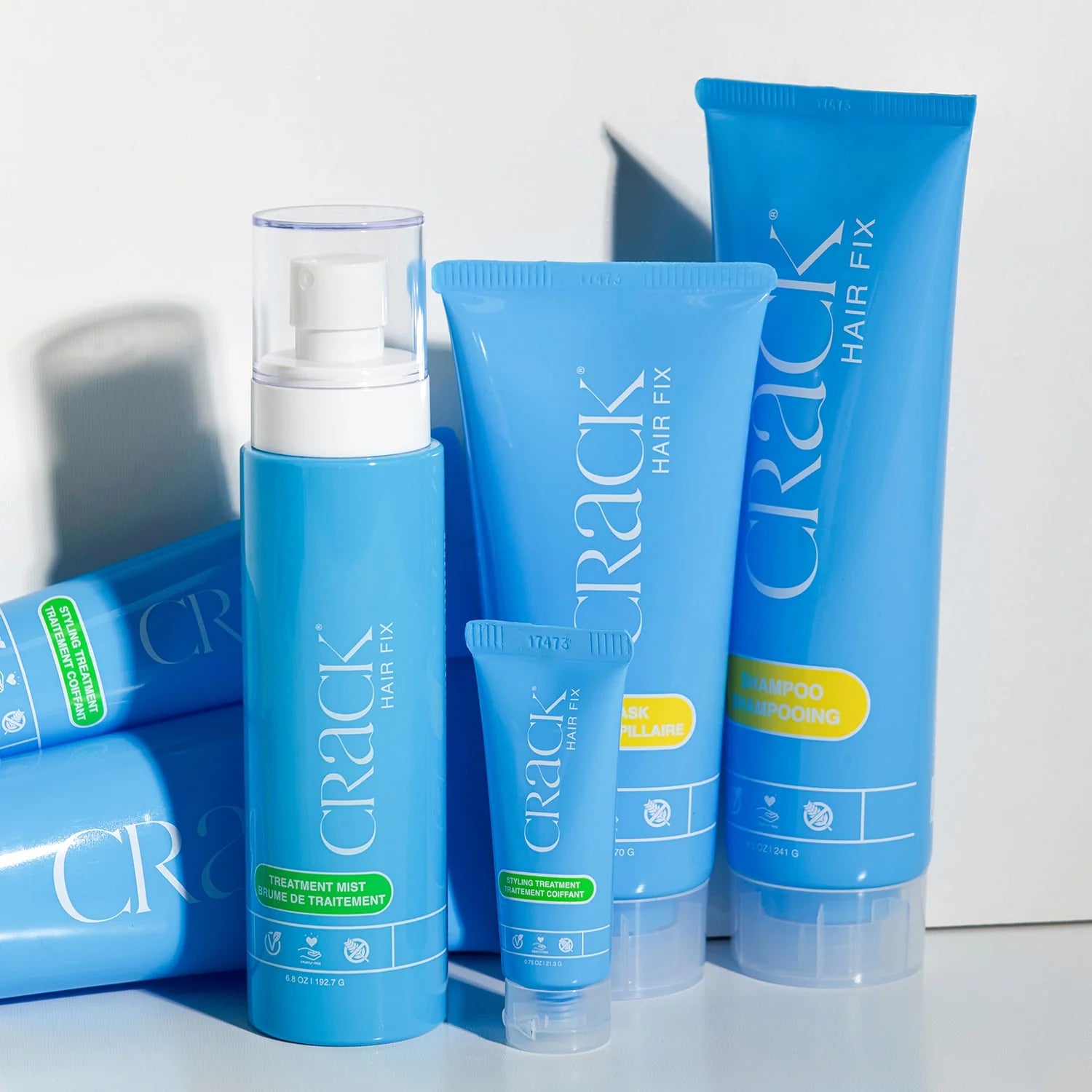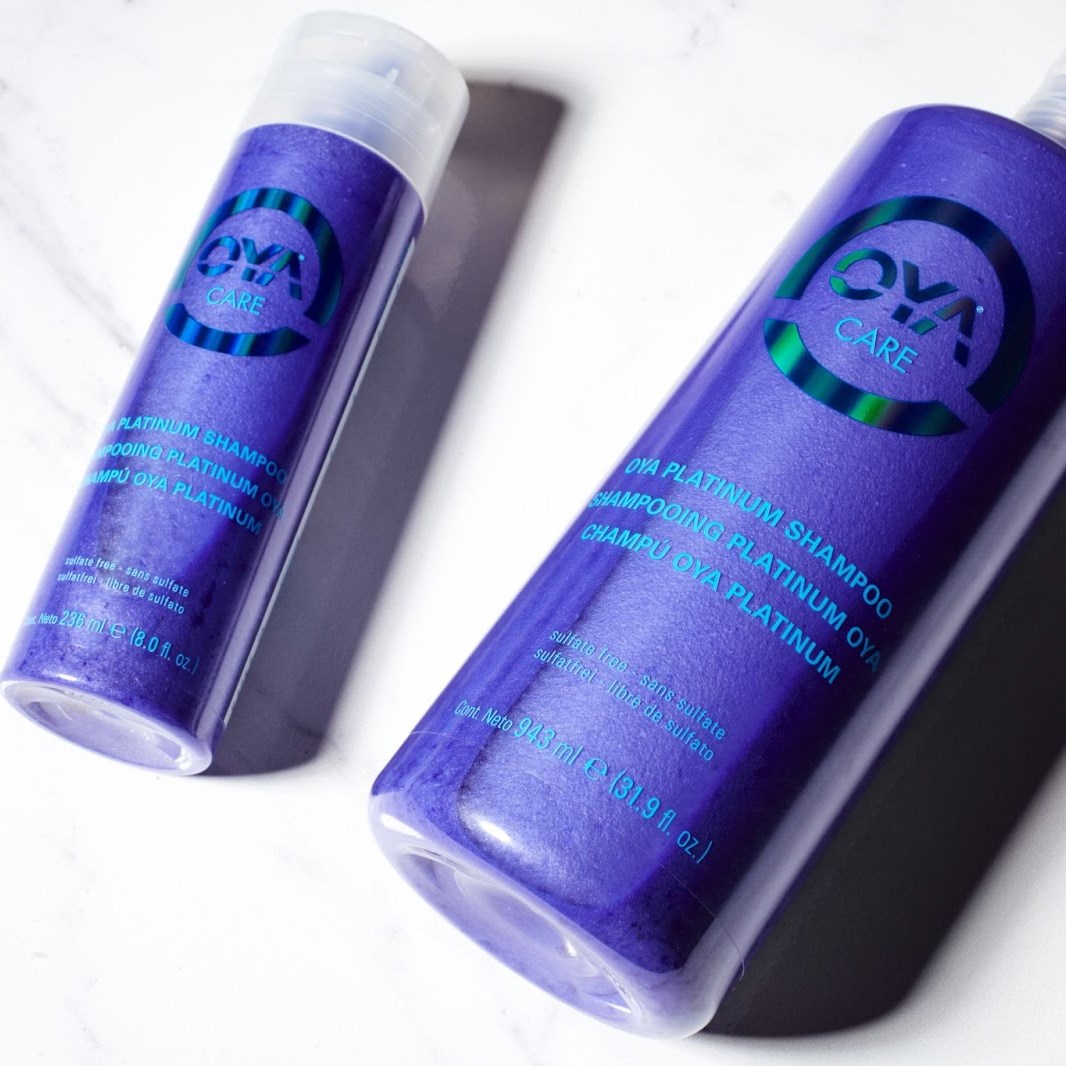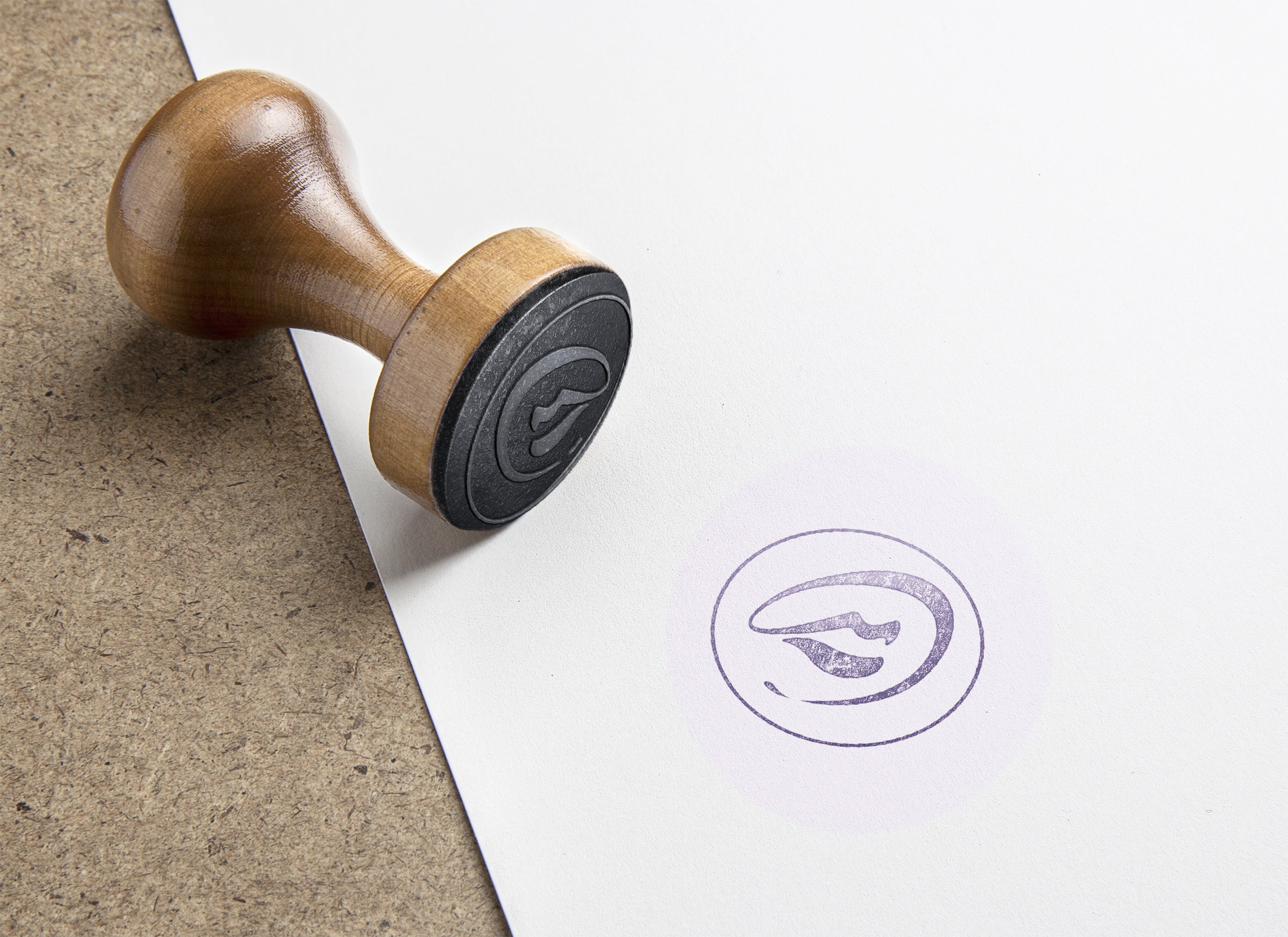Color Refresh vs. Color Correction: How to Explain the Difference
Clients don’t always understand why one appointment is a quick touch-up while another requires hours, multiple formulas, and a bigger investment. The terms refresh and correction sound similar, but in salon practice they are worlds apart. Explaining the difference clearly helps clients set realistic expectations, trust your expertise, and respect the value of the service you’re providing.
Color Refresh: Maintaining What Already Works
A refresh is about revitalizing existing color—not reinventing it.
-
When it’s used:
-
To boost shine and depth between full services
-
To re-tone faded blondes or vivids
-
To soften root contrast without changing the formula
-
To condition and reseal the cuticle after color has dulled
-
-
Time & product commitment:
Usually shorter appointments with demi or semi-permanent glosses, toners, or quick touch-ups. -
How to explain it to clients:
“A refresh is like topping up your lipstick—it keeps your color looking polished without redoing the whole canvas.”
Color Correction: Rescuing What’s Not Working
A correction is about fixing or changing what went wrong—or what no longer matches the client’s goals.
-
When it’s needed:
-
Uneven tones from box dye, overlapping color, or banding
-
Extreme fading, splotchiness, or unwanted undertones
-
Transitioning from dark to light (or vice versa)
-
Removing or neutralizing stubborn pigments
-
-
Time & product commitment:
These appointments are multi-step, multi-formula services—often requiring several hours, strategic sectioning, and bond protectors. -
How to explain it to clients:
“Correction is like remodeling a room, not just repainting it. We have to rebuild the foundation so the new color sits the way you want it to.”
Why the Distinction Matters
-
For the stylist: It sets the stage for proper timing, pricing, and realistic results.
-
For the client: It clarifies why some services are fast and inexpensive, while others are longer and more costly.
-
For the relationship: Clients who understand the difference are less likely to be surprised at the mirror—or at checkout.





